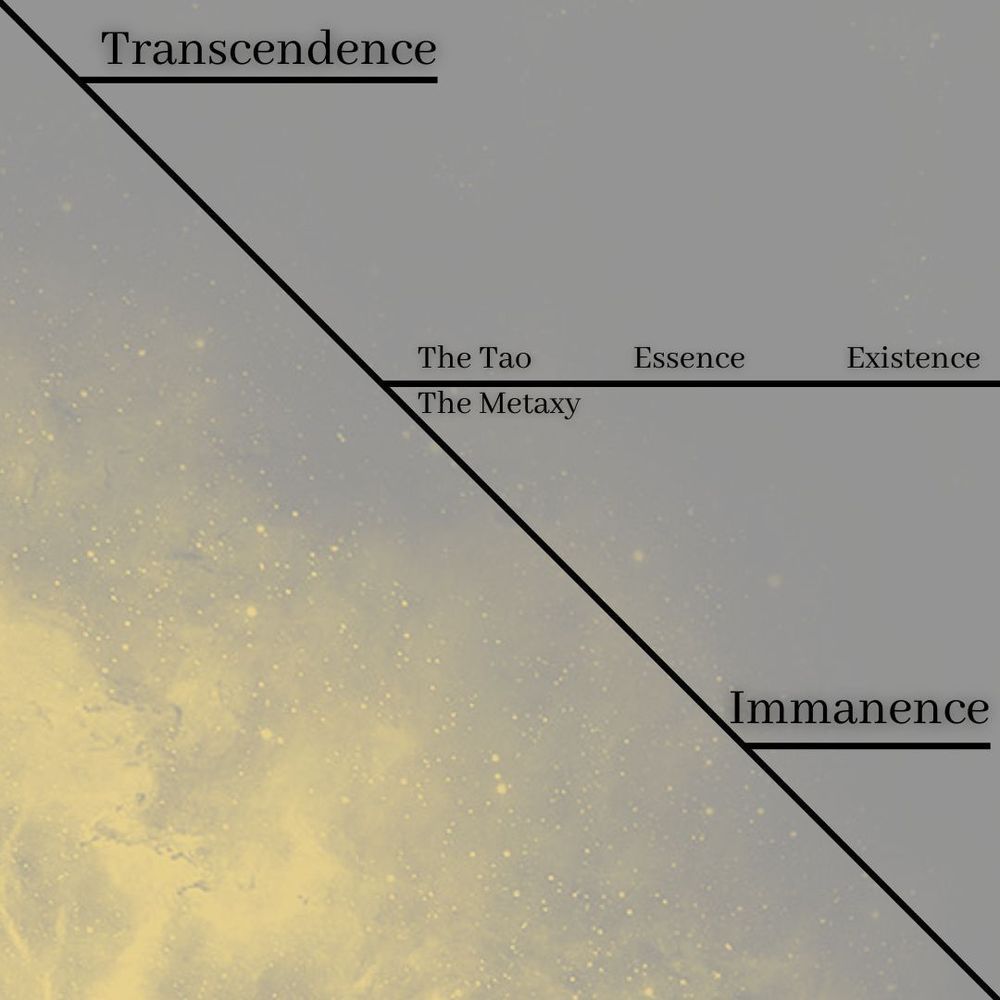Let’s begin with a few things we all know – for instance, that everyone is exhausted. We know this because people keep telling us so. So. Tired. The universal declaration.
As Anna Katharina Schaffner shows in her 2016 book Exhaustion: A History, people have always been exhausted, though they have explained that experience in a wide variety of ways. And the different explanations often arise from legitimately different causes. For instance, there are very good reasons to believe that a common exhaustion of our time and place – of the social environment of, say, people who read the news online – arises largely from the ways that alway-on connectivity allows us no boundaries: emails from work can arrive at any time, and while we might try to tell ourselves that they can wait until the next time we are officially on the clock, in practice we often find it less stressful to get it off (a) and (b) our plate by answering immediately. Which results in a ping on our co-worker’s phone, which may prompt her to think that she needs to get it off her mind and off her plate … and so the cycle continues.
It continues in another way also: seeking refuge from the stress, we turn to social media or streaming videos – that is, to the very same devices that have made us anxious in the first place. Devices that can still ping us … and so the cycle continues. An endless sequence of stimulus and response, as we are gradually transformed into mere servers.
Thus also – we’re still talking about things we know – the proliferation of articles and books and YouTube videos and podcasts on the inestimable blessing of disconnection. Silence, or at least quiet; Off rather than On. And there’s no doubt that for those who are able to manage it, such disconnection is a Good Thing. But maybe not the best thing.
The problem with the imperative to disconnect is that it operates still within the world of stimulus and response. Its only real point is to remove the stimulus in hopes that after a while we’ll stop twitching. And maybe that’s how it works, for some of us anyway. But eventually we have to turn our phones back on, and … well, once more, the cycle resumes. The cycle of being frayed by a certain set of stimuli and responding to the fraying by taking refuge in a different set of stimuli. But this does not relieve our exhaustion or restore our good health because constant stimulation is exhausting in itself – even when the stimulation comes from things we like, or think we like.
What’s necessary, I think, is breaking the circuit that keeps the cycle going. And the key to how to do that may be found, I think, in a single claim made by Ivan Illich in his 1973 book Tools for Conviviality. Here it is: “institutions are functional when they promote a delicate balance between what people can do for themselves and what tools at the service of anonymous institutions can do for them.” Let’s unpack this:
- Our “anonymous institutions” – especially the international and transnational media companies – are always telling us what they can do for us: “To organize the world’s information and make it universally accessible and useful” (Google, back in the day); “Give people the power to build community and bring the world closer together” (Meta);
- But what they do for us always comes packaged in the stimulus/response model;
- And constant immersion in the stimulus/response environment exhausts us;
- So the “delicate balance” Illich speaks of has not been achieved – we are constantly being pressured to forget what we can do for ourselves;
- Therefore our institutions are not functional, and neither are we.
This is what my title means: We’re exhausted because we don’t have enough to do. Instead of meaningful action, we have only responses to stimuli.










